محصولات ویژه
© کپی رایت 2025 | کلیه حقوق مادی و معنوی متعلق به بتنو می باشد
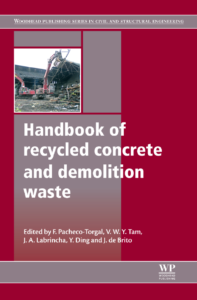
کتاب راهنمای بتن بازیافتی و ضایعات تخریب
 Concrete Structures in Earthquake_ سازه های بتنی در زلزله
Concrete Structures in Earthquake_ سازه های بتنی در زلزله
 Concrete Recycling_ بتن بازیافتی
Concrete Recycling_ بتن بازیافتی
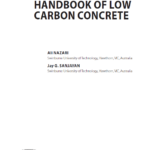 HANDBOOK OF LOW CARBON CONCRETE_ راهنمای بتن کم کربن
HANDBOOK OF LOW CARBON CONCRETE_ راهنمای بتن کم کربن
 Best Practices Guide for High-Volume_راهنمای بهترین روش ها برای حجم بالا
Best Practices Guide for High-Volume_راهنمای بهترین روش ها برای حجم بالا
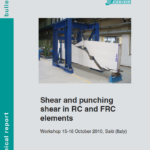 Shear and punching shear in RC and FRC elements_برش و پانچ در عناصر RC و FRC
Shear and punching shear in RC and FRC elements_برش و پانچ در عناصر RC و FRC
 CEMENT and CONCRETE MINERAL ADMIXTURES_ مواد افزودنی معدنی برای سیمان و بتن
CEMENT and CONCRETE MINERAL ADMIXTURES_ مواد افزودنی معدنی برای سیمان و بتن
 Solid Mechanics and Its Applications_مکانیک جامدات و کاربردهای آن
Solid Mechanics and Its Applications_مکانیک جامدات و کاربردهای آن
 Handbook on Concrete Block Paving – کتاب کفپوش های بتنی
Handbook on Concrete Block Paving – کتاب کفپوش های بتنی
 Seismic Design of Concrete Buildings to Eurocode 8_طراحی لرزه ای ازساختمان های بتنی یورو 8
Seismic Design of Concrete Buildings to Eurocode 8_طراحی لرزه ای ازساختمان های بتنی یورو 8
 FINITE ELEMENT ANALYSIS AND DESIGN OF STEEL AND STEEL–CONCRETE COMPOSITE BRIDGE_المان محدود تجزیه و تحلیل و طراحی از فولاد
FINITE ELEMENT ANALYSIS AND DESIGN OF STEEL AND STEEL–CONCRETE COMPOSITE BRIDGE_المان محدود تجزیه و تحلیل و طراحی از فولاد
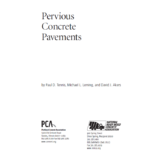 Pervious Concrete Pavements_ رویه های بتنی
Pervious Concrete Pavements_ رویه های بتنی
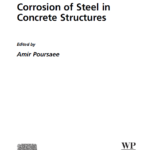 Corrosion of Steel in Concrete Structures_خوردگی فولاد در سازه های بتنی
Corrosion of Steel in Concrete Structures_خوردگی فولاد در سازه های بتنی